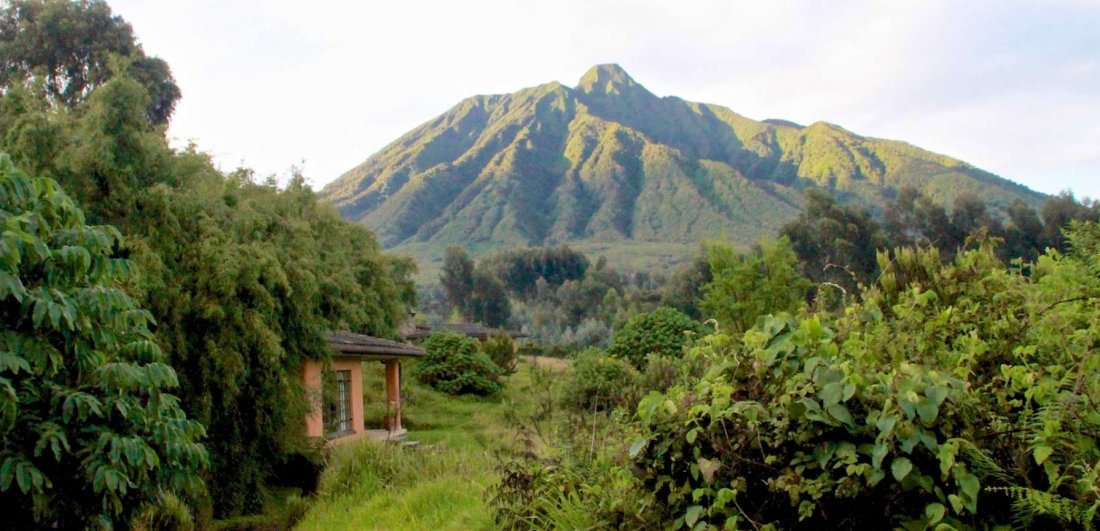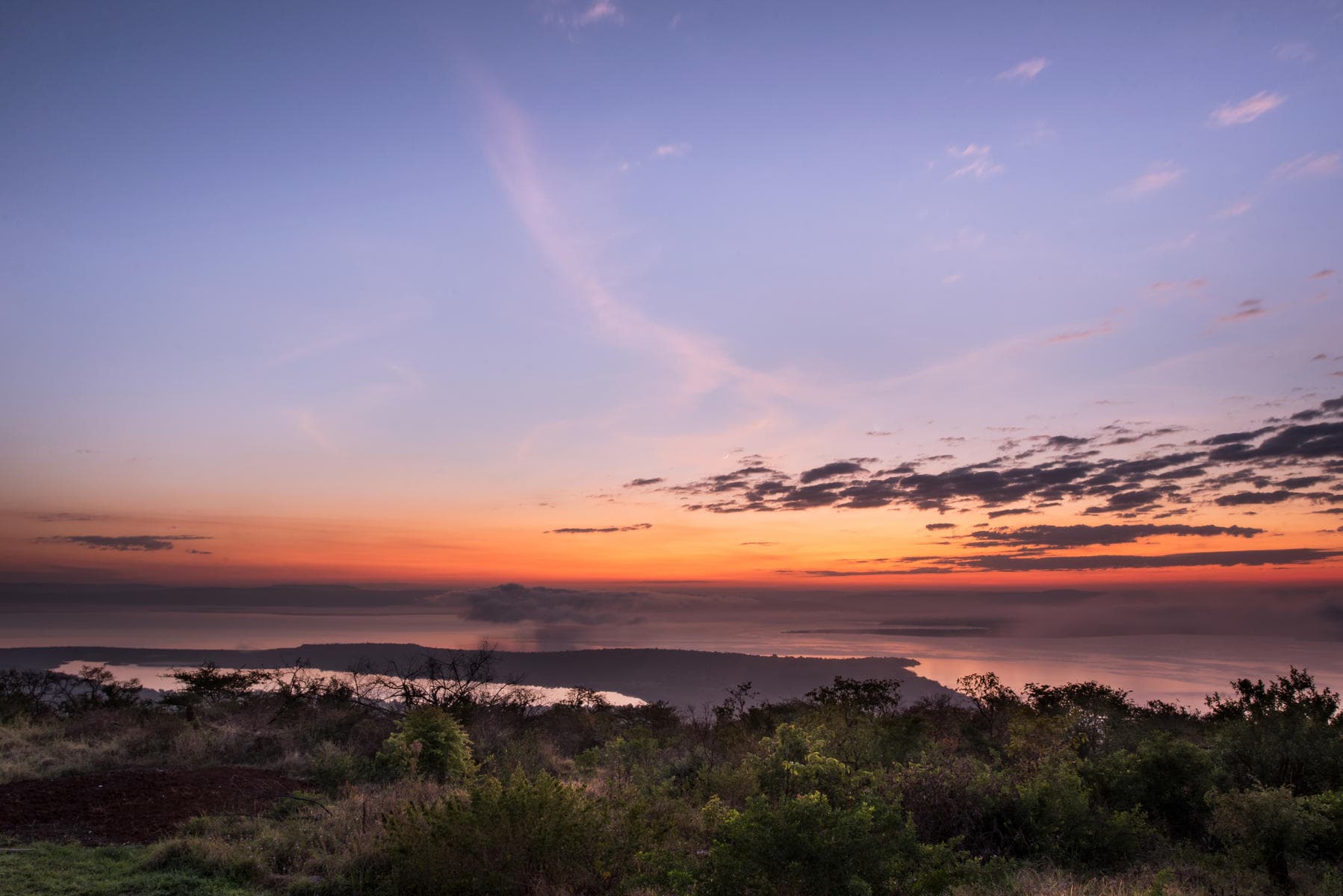Rwanda is the “Land of a Thousand Hills”, where the long march of time has weathered deep cracks and crevices into a verdant, biodiverse landscape. Here, emerald mountains meet the sky, lush rainforests thrive, and ancient beauty whispers through the air. Nature’s artistry and groundbreaking conservation intertwine, creating a land of perfect harmony under the watchful eye of a people that strives for a brighter future.
Volcanoes National Park, Rwanda’s crown jewel, invites you on an unforgettable safari. Trek through the verdant bamboo forest and lock eyes with majestic mountain gorillas. Safaris simply do not get more raw and emotional – this encounter with gentle giants in their natural habitat is unlike anything you’ve ever experienced.
Rwanda’s allure extends beyond its primates. Explore Akagera National Park and its abundant wildlife, relax by the serene waters of Lake Kivu, and immerse yourself in Kigali’s vibrant charm as it pioneers the African Renaissance. A Rwanda safari transcends the ordinary, awakening your senses and inviting you to discover a destination that speaks to your soul in unexpected and profound ways.



